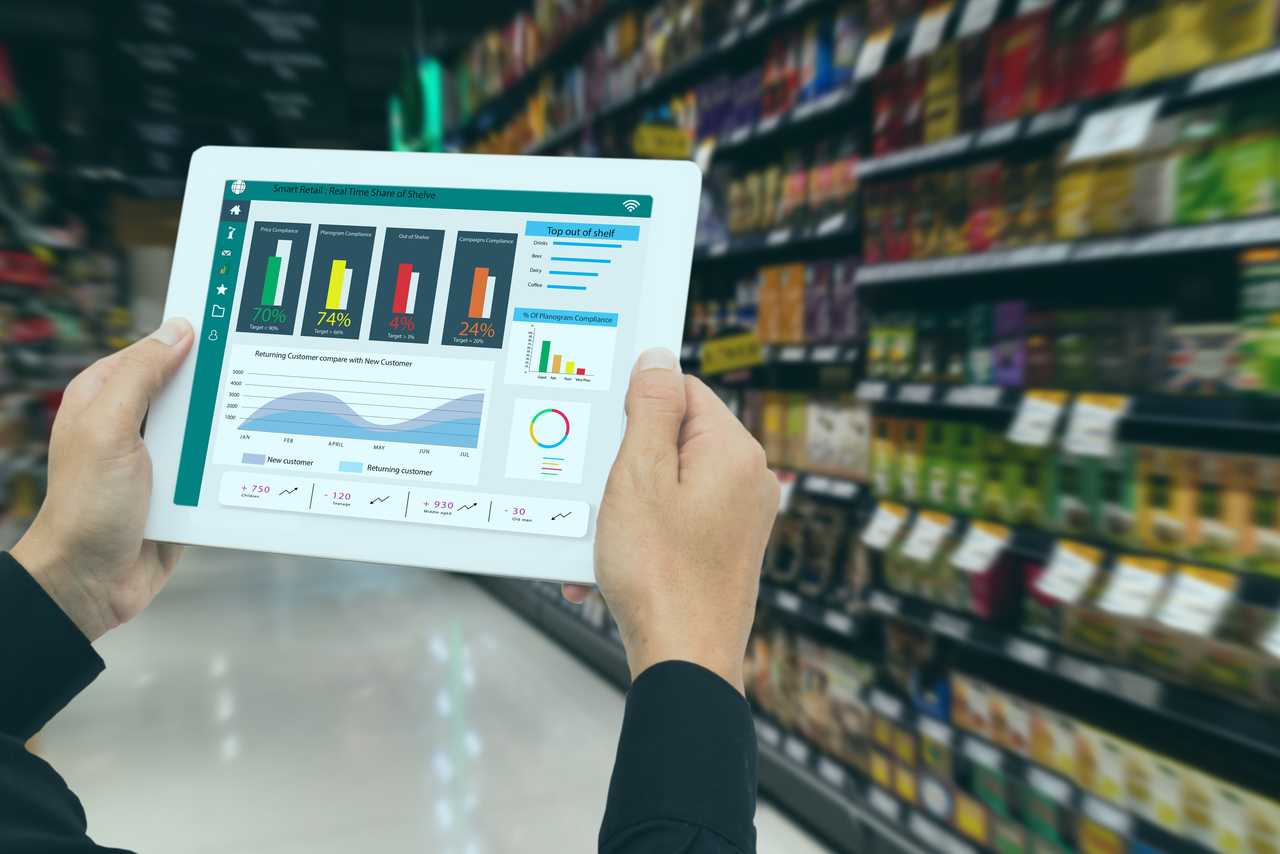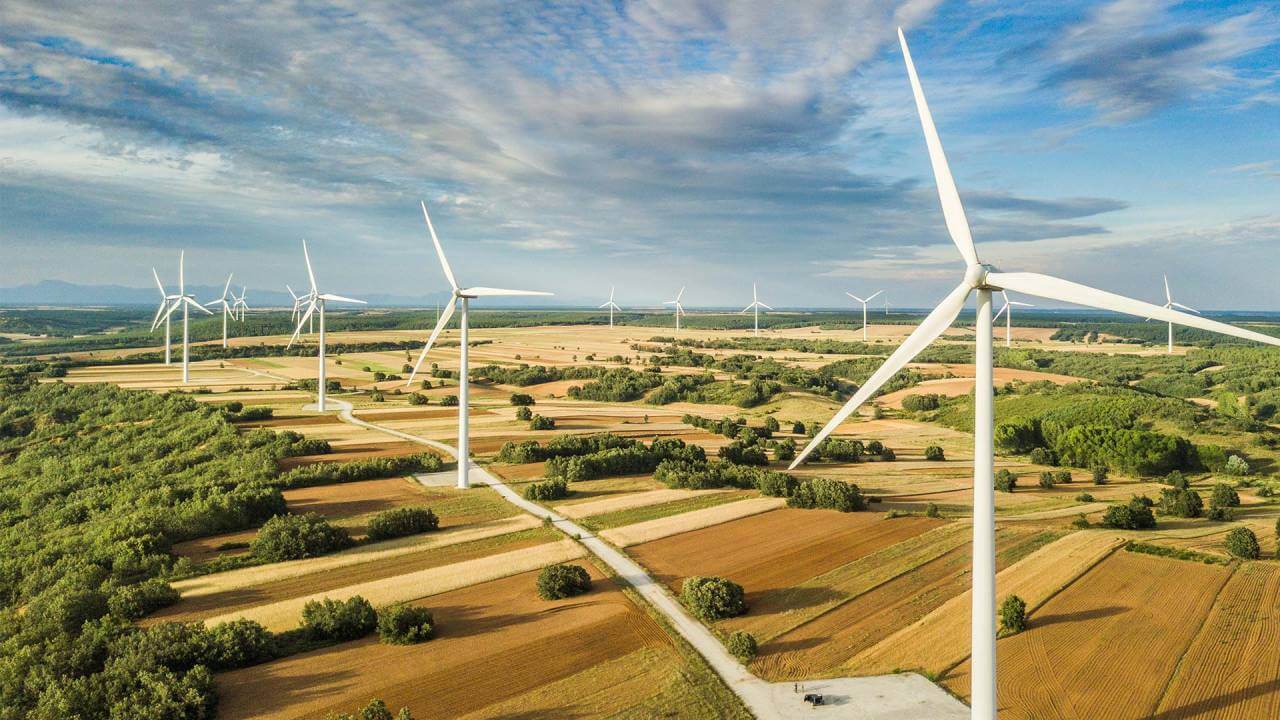
In an increasingly digital world, our reliance on technology has grown exponentially. While apps offer convenience and innovation, they also contribute to a hidden environmental cost: a significant carbon footprint. Sustainable app development, or “Green Apps,” offers a solution by focusing on minimizing this impact throughout an app’s lifecycle.
The Environmental Impact of Software: A Hidden Cost
The software industry, often overlooked in environmental discussions, contributes significantly to global carbon emissions. This impact stems from several factors:
Server Loads and Data Centres:
Apps rely on vast data centres that consume immense amounts of electricity for their operation and cooling. Inefficient apps demand more server resources, exacerbating this problem.
Network Traffic:
Every data transfer, from refreshing an app to streaming a video, consumes energy across networks (cell towers, routers, internet backbones).
Inefficient Code and Bloated Features:
Poorly optimized code, unnecessary features, and heavy media assets increase CPU cycles, memory usage, and battery drain on user devices.
Hardware Manufacturing and E-waste:
The production of devices used to run apps has an environmental footprint, and the rapid turnover of hardware contributes to electronic waste.
What is Sustainable App Development?
Sustainable app development is the practice of designing, developing, and deploying applications with a conscious effort to minimize their environmental impact. It’s about building “leaner, cleaner, and smarter” apps that are energy-efficient, resource-optimized, and contribute to a more sustainable digital ecosystem.
Key Principles and Practices for “Green Apps”
Developing sustainable apps involves a multi-faceted approach, encompassing design, coding, and infrastructure choices:
1. Efficient Coding Practices
Write Lean Code:
Eliminate unnecessary loops, heavy computations, and background tasks. Remove unused code and minimize external dependencies to reduce app size and processing demands.
Optimise Algorithms and Data Structures:
Choose efficient data structures and algorithms to minimise computational resources and energy consumption.
Lazy Loading:
Load heavy images or features only when they are needed, reducing initial energy consumption.
Minimize Data Transfer:
Compress data before sending, use efficient data formats (e.g., JSON over XML), and sync only essential data to reduce network energy consumption.
Battery-Saving Code:
Limit background processes, optimise GPS and other sensor usage, and utilise energy-efficient APIs (like Android’s WorkManager or iOS’s BackgroundTasks) to prevent excessive battery drain.
Regular Optimization:
Green coding is an ongoing process. Regularly update and optimize code to maintain high energy efficiency.
Choose Efficient Programming Languages:
Languages like Swift, Kotlin, C, C#, Go, Java, and Haskell are often designed to optimize resource usage.
2. Sustainable Design Principles (UI/UX)
Minimalism:
Simple UI elements, flat design aesthetics, and fewer animations reduce the visual and computational complexity, leading to lower processing demands.
Dark Mode Support:
Especially on OLED and AMOLED screens, dark mode significantly reduces energy usage by displaying more black pixels.
Asset Optimisation:
Optimise images, fonts, and icons. Use scalable vector graphics (SVGs) and modern image formats (WebP, AVIF). Minimize the use of high-resolution videos and assets.
Intuitive and User-Friendly Interfaces:
Streamlined navigation and clear interfaces reduce cognitive load, leading to more efficient user interaction and potentially less time spent in the app.
Accessibility and Efficiency:
Design for ease of use, reducing unnecessary navigation steps and offering low-data modes.
User Awareness:
Inform users about the environmental impact of their choices within the app and encourage them to adopt more sustainable practices.
3. Green Infrastructure and Deployment
Green Hosting Providers:
Choose cloud providers and data centres that rely on renewable energy sources (e.g., Google Cloud, AWS Green).
Serverless and Autoscaling Architectures:
Server-less platforms and autoscaling allow compute resources to scale on demand, avoiding wasted energy from idle servers.
Edge Computing:
Processing data closer to the source (on the device rather than distant servers) reduces data transfer over long distances and associated energy costs.
Caching:
Store frequently accessed data locally to reduce server calls and network traffic.
Virtualisation:
To lower energy consumption and e-waste reduce the number of physical servers and utilise virtual machines and containers.
Benefits of Sustainable App Development
Adopting green app development practices offers numerous advantages beyond environmental responsibility:
Reduced Carbon Footprint:
Directly contributes to mitigating climate change by lowering energy consumption and emissions.
Cost Savings:
Energy-efficient apps reduce server costs, network bandwidth expenses, and overall operational expenditures.
Improved App Performance and User Experience:
Leaner code, optimised processes, and reduced battery drain lead to faster, more responsive, and more enjoyable apps.
Enhanced Brand Image and User Loyalty:
A growing number of users prefer and actively seek out eco-conscious brands and products, boosting reputation and attracting a loyal user base.
Competitive Edge:
Differentiating your app with sustainable practices can attract eco-conscious investors and provide a unique selling proposition in a crowded market.
Future-Proofing:
Aligning with evolving environmental regulations and consumer expectations ensures long-term relevance and success.
Better Development Discipline:
Encourages developers to write cleaner, more efficient code, fostering improved coding practices and potentially saving development time.
Challenges in Green App Development
While the benefits are clear, some challenges exist:
Balancing Features with Frugality:
It can be challenging to integrate advanced, visually rich features while maintaining energy efficiency.
Lack of Standardized Metrics:
Measuring an app’s exact carbon footprint can be difficult due to the absence of universal metrics and tools.
Tooling Limitations:
Many existing development tools prioritize speed and aesthetics over sustainability, requiring creative solutions or custom tools.
Device Diversity:
Optimizing for a wide range of devices with varying specifications requires significant effort.
Time and Resource Investment:
Integrating sustainability often requires rethinking existing code and processes, which can be time-consuming, especially with tight deadlines.
Tools and Strategies for Measurement
To effectively develop greener apps, measuring their impact is crucial:
Lighthouse (Google):
Audits web app performance, accessibility, and best practices, identifying inefficiencies.
Android Profiler and Xcode Instruments:
Provide insights into CPU, memory, and battery usage on mobile devices.
Greenspector:
Analyzes the energy consumption of mobile/web apps.
CodeCarbon:
Tracks the carbon footprint of coding processes.
GreenFrame:
Estimates the carbon footprint of web and mobile apps during development.
Conclusion
Sustainable app development is not just a trend; it’s a critical evolution in the tech industry. By prioritizing efficiency, optimizing resources, and adopting eco-conscious practices throughout the development lifecycle, we can create “Green Apps” that are not only high-performing and user-friendly but also contribute positively to a healthier planet. The journey towards a truly sustainable digital world requires a collective effort from developers, designers, and businesses alike, ensuring that our digital innovations pave the way for a greener tomorrow.








